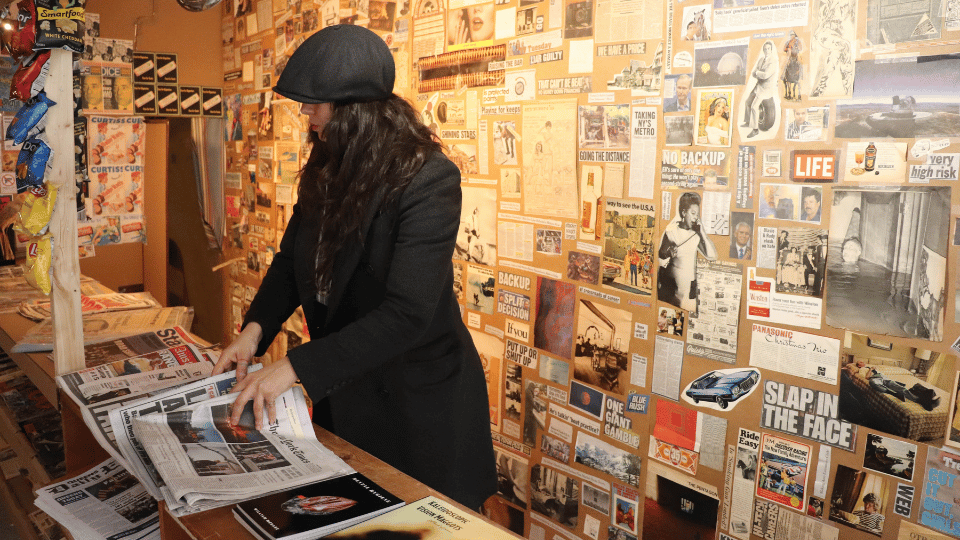Crafting Compelling Narratives in Feature Story Writing
Feature story writing is an art that requires a unique blend of creativity, storytelling skills, and journalistic techniques. Whether you aspire to be a journalist, a content writer, or a novelist, mastering the art of crafting compelling narratives is essential. In this article, we will explore the key elements and techniques that can help you create captivating feature stories that resonate with your readers.
Choose a Captivating Topic
The first step in crafting a compelling narrative is to select a topic that grabs the reader’s attention. Think about what interests and intrigues your target audience. It could be a human interest story, an investigative piece, or a profile of a fascinating individual. The key is to choose a topic that has a unique angle or offers a fresh perspective.
Conduct In-Depth Research
To create a well-rounded and informative feature story, it is crucial to conduct thorough research. Dive deep into your topic, gather relevant information from credible sources, and interview experts or individuals connected to the subject matter. This research will not only provide you with valuable insights but also lend credibility to your story.
Develop a Strong Angle
A compelling feature story requires a strong angle or hook that sets it apart from others. Consider what makes your story unique or different. It could be an unexpected twist, a thought-provoking question, or a compelling conflict. The angle should be evident in your headline and introduction, enticing readers to delve further into the story.
Structure Your Story
A well-structured feature story keeps the reader engaged from beginning to end. Start with a captivating introduction that sets the tone and establishes the main theme. Then, organize your story into logical sections, ensuring a smooth flow of information. Use subheadings, bullet points, or numbered lists to break up the text and make it more digestible.
Use Descriptive Language
Paint a vivid picture in the reader’s mind by using descriptive language and sensory details. Engage the reader’s senses with vivid imagery, captivating metaphors, and powerful storytelling techniques. This will help create an emotional connection with the reader, making the story more memorable and impactful.
Incorporate Quotes and Anecdotes
Quotes and anecdotes bring your story to life and add a human element. Interview the relevant individuals and include their quotes to provide different perspectives and insights. Additionally, anecdotes can help illustrate key points or add a personal touch to the story. Be sure to attribute quotes and verify the accuracy of information.
Edit and Refine
Once you have completed your first draft, take the time to edit and refine your feature story. Check for grammar and spelling errors, ensure a consistent tone throughout the piece, and tighten the structure. Remove any unnecessary information or repetitive sections that may distract the reader.
Polish Your Writing Style
Crafting compelling narratives goes beyond the content; it also involves honing your writing style. Experiment with different sentence structures, vary the length of your sentences and use literary devices like similes or metaphors to add depth to your writing. Develop your unique voice that resonates with your target audience.
Conclusion
Crafting compelling narratives in feature story writing is a skill that can set you apart in the world of journalism and content creation. By choosing captivating topics, conducting thorough research, developing strong angles, and refining your writing style, you can create stories that leave a lasting impact on your readers. So, go ahead and unleash your creativity and storytelling prowess to create memorable feature stories.
Key Takeaways:
- Choose a captivating topic that grabs the reader’s attention.
- Conduct in-depth research to gather valuable insights and lend credibility to your story.
- Develop a strong angle or hook that sets your story apart from others.
- Structure your story with a captivating introduction and logical sections.
- Use descriptive language and sensory details to engage the reader’s senses.
- Incorporate quotes and anecdotes to add a human element and provide different perspectives.
- Edit and refine your story to ensure a consistent tone and tight structure.
- Polish your writing style by experimenting with different sentence structures and literary devices.
By mastering these techniques, you can create feature stories that leave a lasting impact on your readers. Consider taking the online courses offered by Yellowbrick to further enhance your skills in feature story writing and other aspects of journalism. These courses provide valuable insights and practical knowledge to help you kick-start your career in the field. Unleash your creativity and storytelling prowess to craft memorable feature stories that captivate and resonate with your audience. Start your journey today with NYU | Modern Journalism and Yellowbrick!








